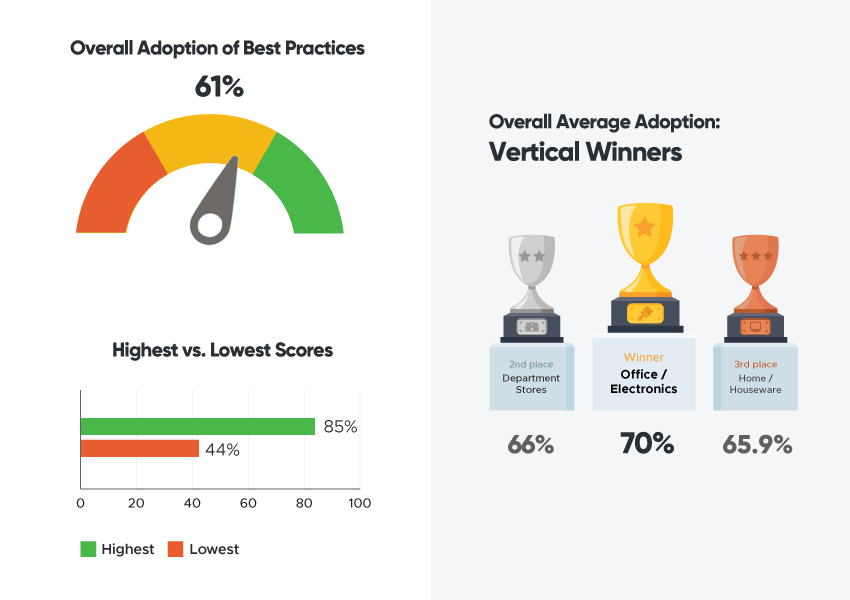For some, prioritized investment in digital and omnichannel capabilities has paid off. In 2021, the highest scoring retailer in the Index had implemented 72% (Bloomingdale's) of best practices. In 2022, the highest scoring retailer has implemented 85% of best practice capabilities (Bed Bath and Beyond). Furthermore, 12 retailers and brands scored above the 2021 high score of 72%. Good news for some, however, the majority of companies in the Index still fall below the average. Overall, the industry should, and can, do better.





